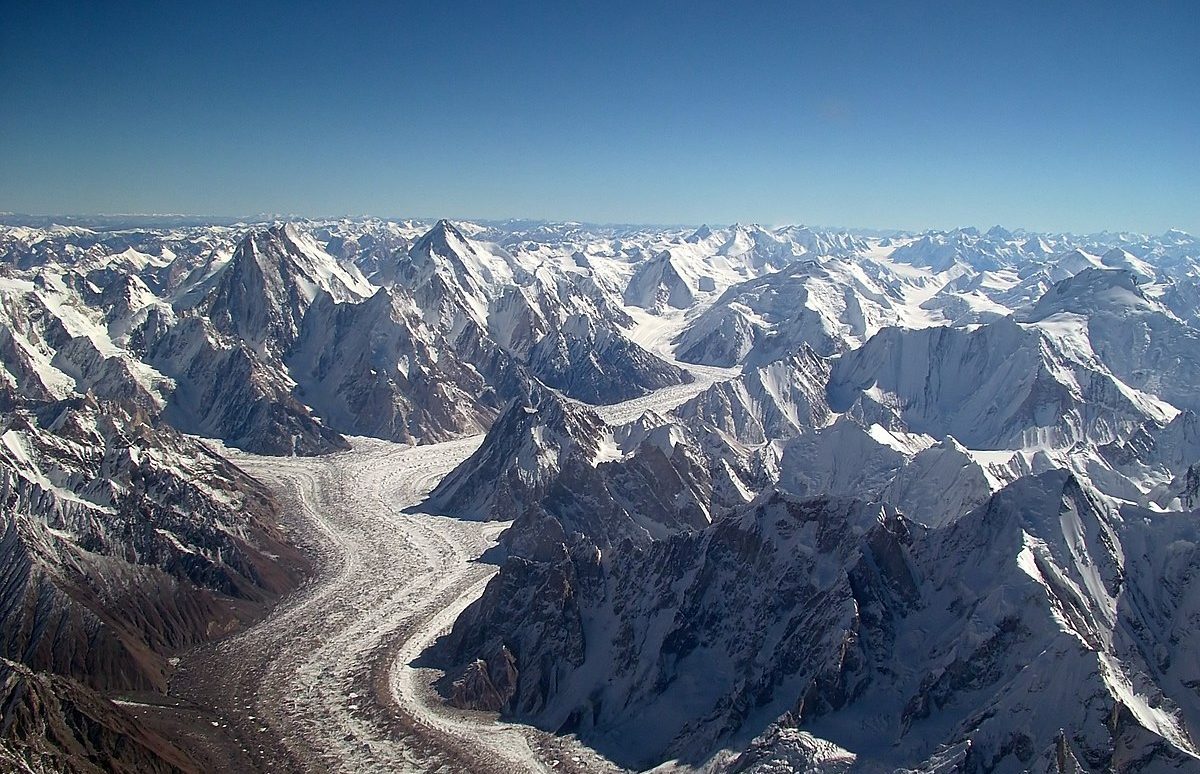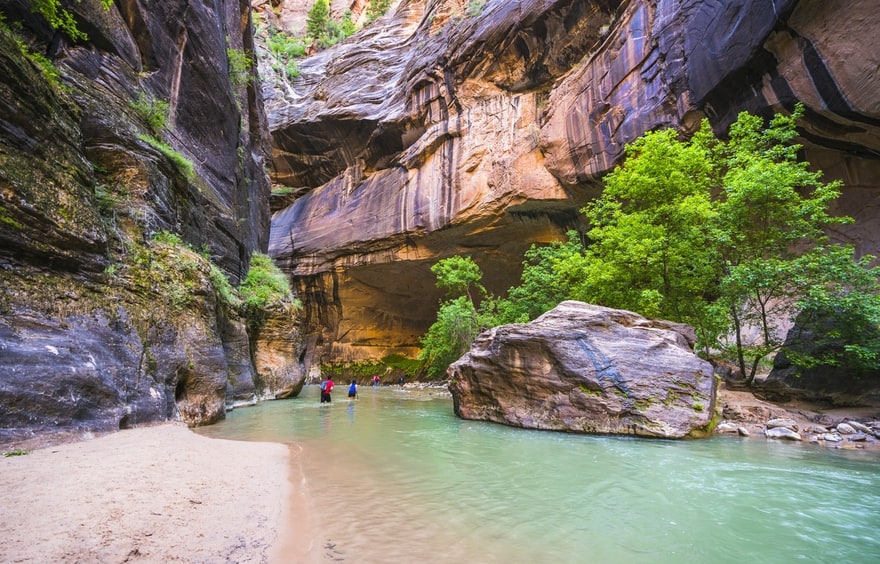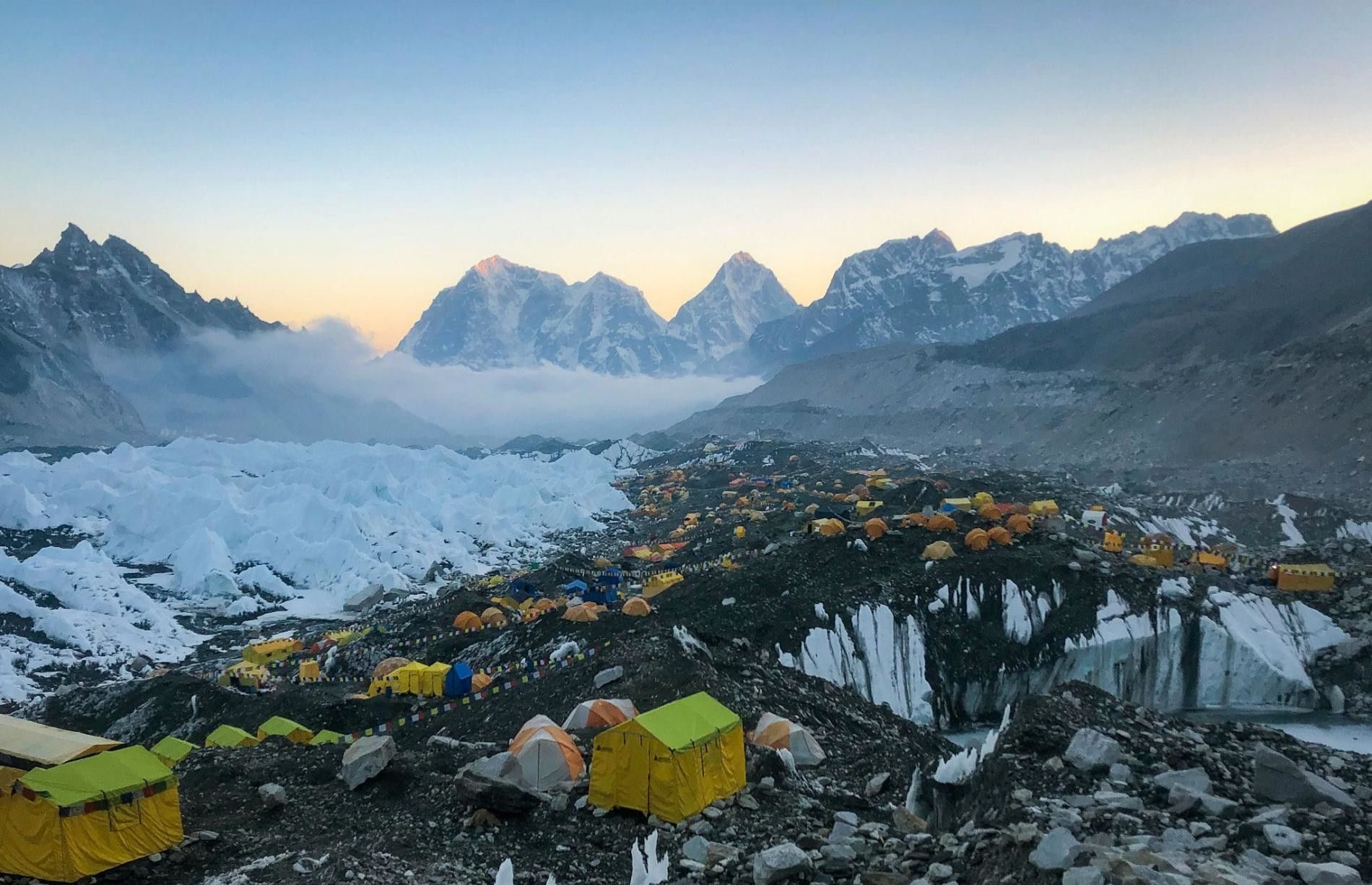Prepare to be astonished and to face exhausting exertions: these treks are no walk in the park and indeed require a high level of preparation, but they provide endless thrills.
Routeburn Track, New Zealand
The extraordinary sub-alpine landscape of the South Island, New Zealand, provides the backdrop for this three-day, medium-difficulty (32 km) trek. At the foot of the Southern Alps, the trail passes through two national parks: Fiordland and Mt Aspiring. The views from Harris Saddle and Conical Hill, from where you can see the waves crashing on the distant beach, are extraordinary. The most challenging obstacle to overcome is being able to access it, because only a limited number of people can walk the trail at a time. The path can be walked in both directions.
Overland Track, Australia
Tasmania’s prehistoric wilderness is the focus of the 80 km (5-6 days) Overland Track. Snaking its way between Cradle Mountain and Lake St Clair (the country’s deepest natural lake), this well-marked trail (some sections are equipped with boardwalks) crosses rugged mountains, beautiful lakes, dense forests and heathland. The more adventurous can tackle the many side trails that lead to waterfalls, valleys and peaks such as Mount Ossa, Tasmania’s highest peak (1617 m). The best time to trek is from November to April. A fee must be paid, the proceeds of which are used to fund trail maintenance.
GR20, Corsica
This demanding hike (two to three weeks, 200 km) across Corsica is legendary for the variety of landscapes encountered: forests, almost lunar granite landscapes, windswept craters, glacial lakes, torrents, peat bogs, expanses of scrubland, snow-capped peaks, plains and snowfields. But all this comes at a price: the path is impervious and in some places very steep, with rickety bridges and slippery rock faces. Traced in 1972, the GR20 connects Calenzana, in Balagne, to Conca, north of Porto Vecchio. Although it is an alpine route, the GR20 is within the reach of the average hiker; however, it is necessary to take precautions and check the weather conditions every day.
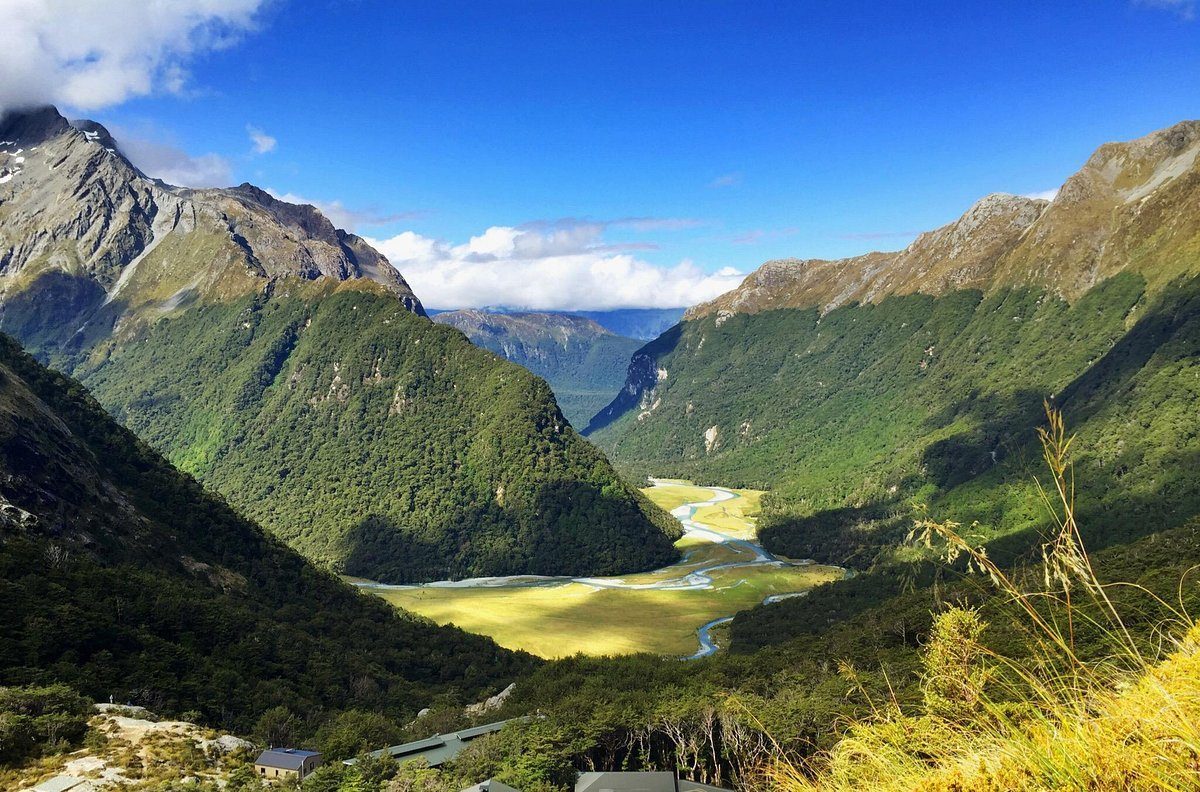
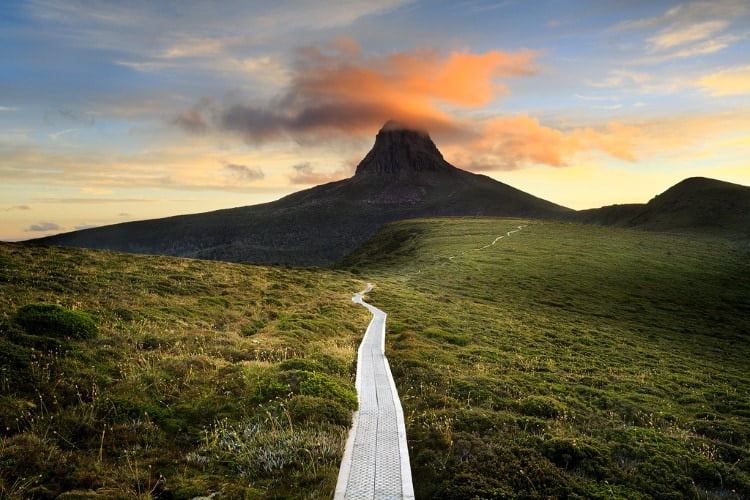
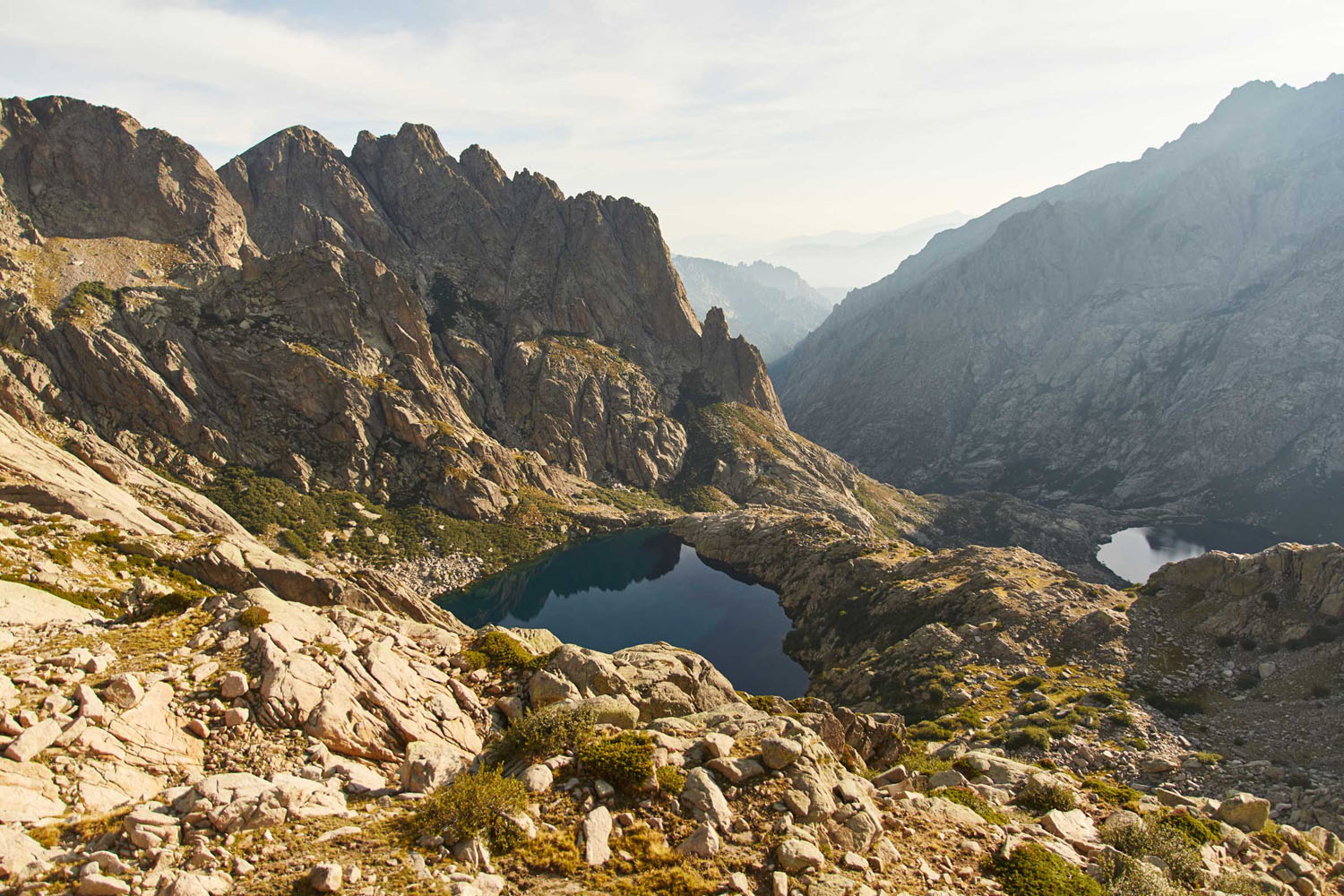
Haute Route, Switzerland
From Chamonix, France, via the southern Valais, to Zermatt in Switzerland, the Haute Route crosses some of the highest and most spectacular landscapes in the Alps. In order to complete the summer trail (which follows a different route than the winter ski touring route), it should be noted that several high altitude passes require some training. All the stages are, however, very demanding. This crossing can be done on skis in five days, barring unforeseen circumstances. It can be tackled from the end of March to May when the huts are open.
Inca Trail, Peru
This 33 km ancient trail was laid out by the Inca, and is now travelled by thousands of visitors every year. It connects the Sacred Valley to Machu Picchu and winds up, down, around mountains and over three high mountain passes. The views of snow-capped mountains and dense cloud forest are extraordinary, and walking from one overhanging ruin to the next has something magical about it – not for nothing is it one of the most famous trails in South America. Each day, 500 hikers, who must be accompanied by an authorised guide, start the trail.
Himalaya, India
Few trekking enthusiasts tackle the Indian side of the world’s most impressive mountain range. If you love isolated places, then Himachal Pradesh will not disappoint. More fearless trekkers can try crossing the mountains that separate Spiti from Ladakh (24 days). This remote and challenging route follows ancient trade routes. The area of the desolate desert plateau led Rudyard Kipling to exclaim: “Surely the gods live here; this is no place for humans”. Rishikesh is about 25 km by bus, car or train from Haridwar; nearby Shivpuri is the ideal place to acclimatise a little.
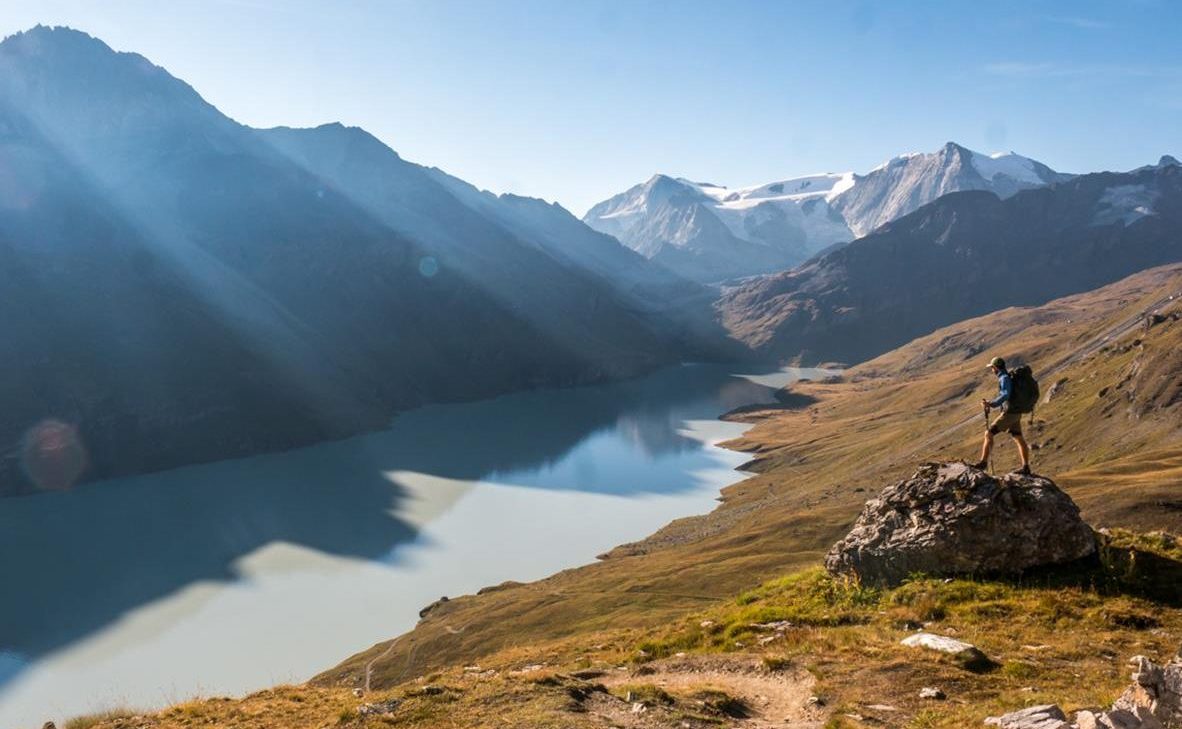
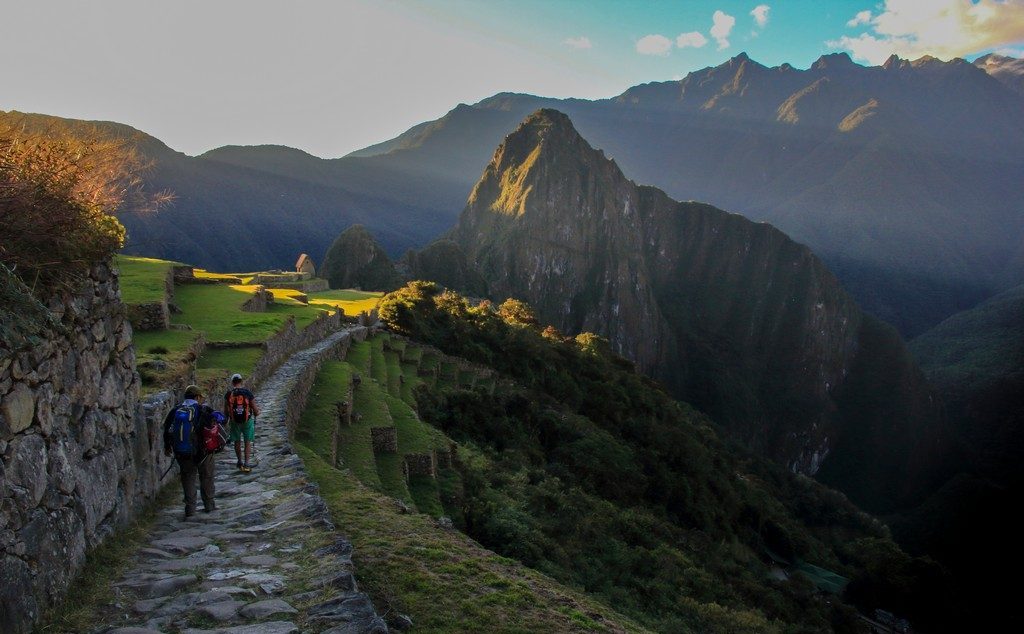
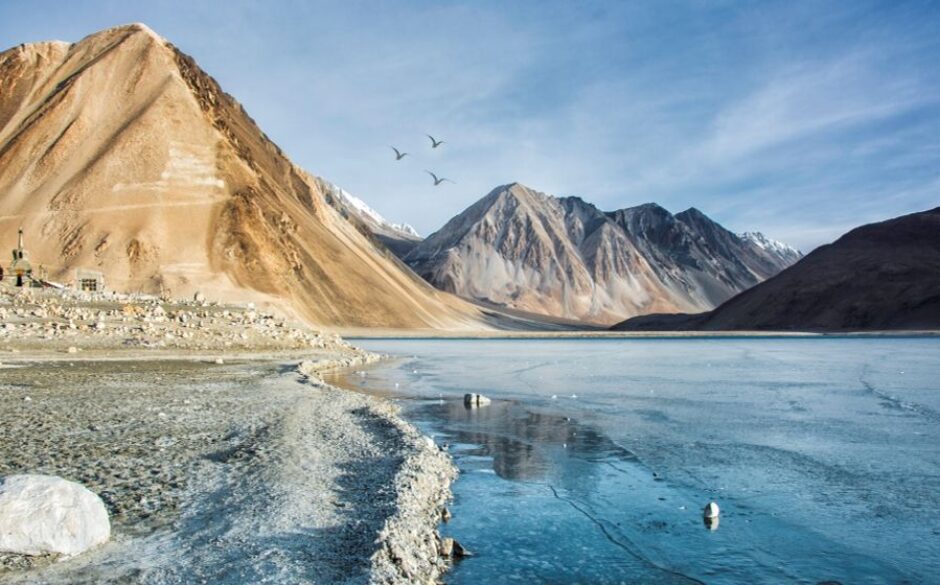
Baltoro Glacier and K2, Pakistan
An ice corridor leads to the colossal summit of K2 (8611 m), the second highest mountain in the world. This trek crosses some of the most severe and imposing landscapes on the planet. You begin by following frozen rivers until you reach the bottom of the glacier, and then the granite pyramids of Paiju (6610 m), Uli Biaho (6417 m), the Great Tower of Trango (6286 m) and, finally, K2. If these 15 days have not knocked you out, you can ascend the moraines of the side glaciers. It is a challenging trek if the expedition starts from Islamabad.
Narrows, United States
There’s no trek like the Narrows in Zion National Park, a 26 km trek through striking canyons carved over centuries by the Virgin River. The river is the landmark, and more than half the route involves fords and swimming sections. It can be done in a day, but many prefer to experience these hanging gardens and natural springs at a more leisurely pace, spending a night in one of the park’s 12 campsites. Violent floods are not uncommon; inquire at the Zion Canyon Visitor Center. A shuttle runs from the end of the trail to Chamberlain’s ranch.
Everest Base Camp, Nepal
At an altitude of 5545 m, in Kala Pattar, this three-week trek is a must-do adventure for anyone who wants to be able to say they have climbed the highest mountain in the world. This route goes through landscapes of undoubted beauty and is a continuous trek of Sherpas from the Solu Khumbu. The altitudes reached can be a problem if you are not acclimatised, and the constant up and down through the valleys has its disadvantages.
Source: LonelyPlanet.it
